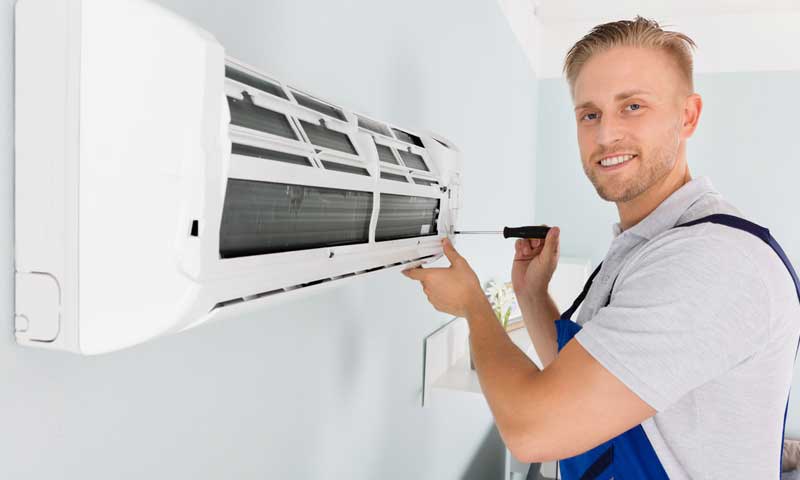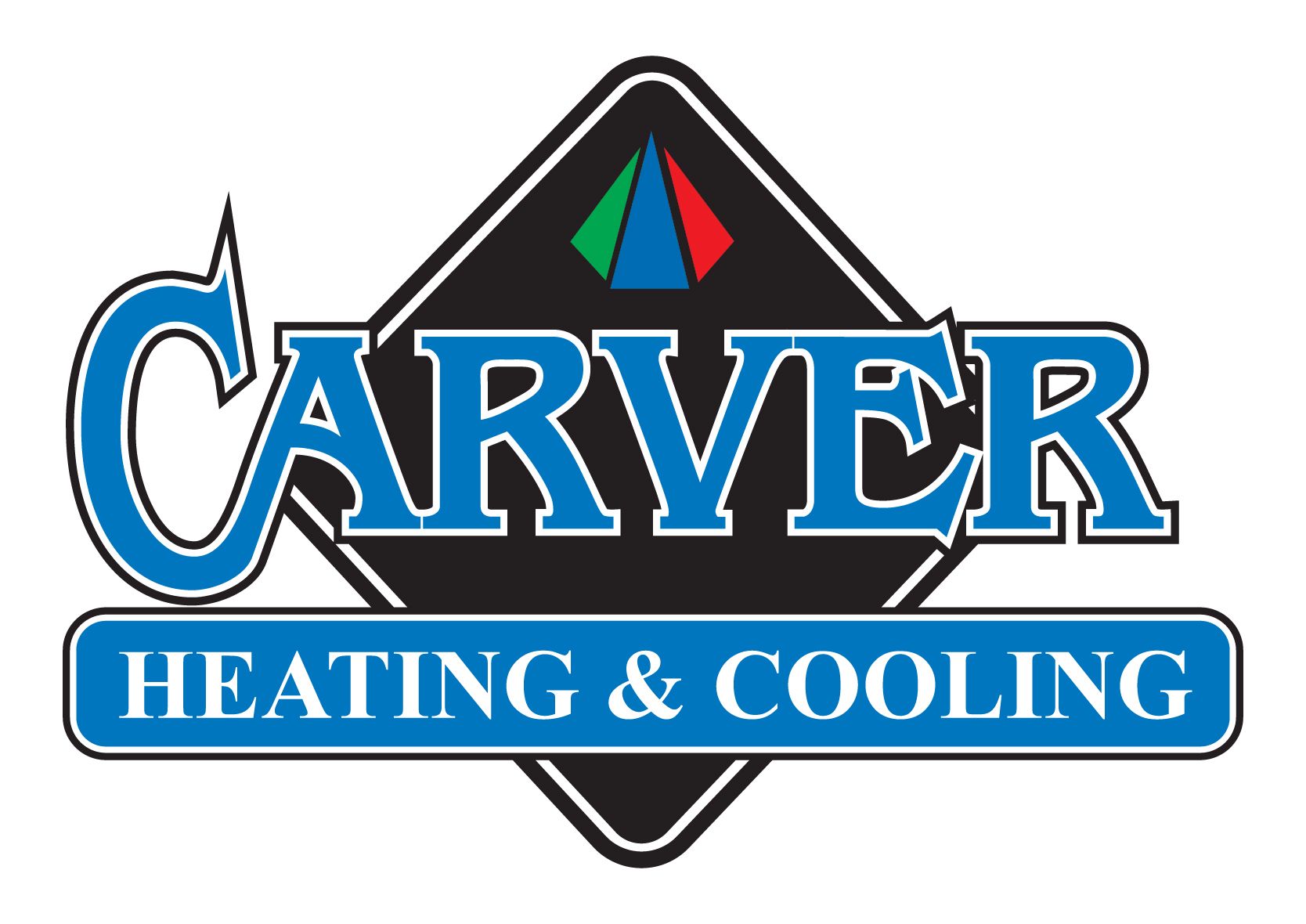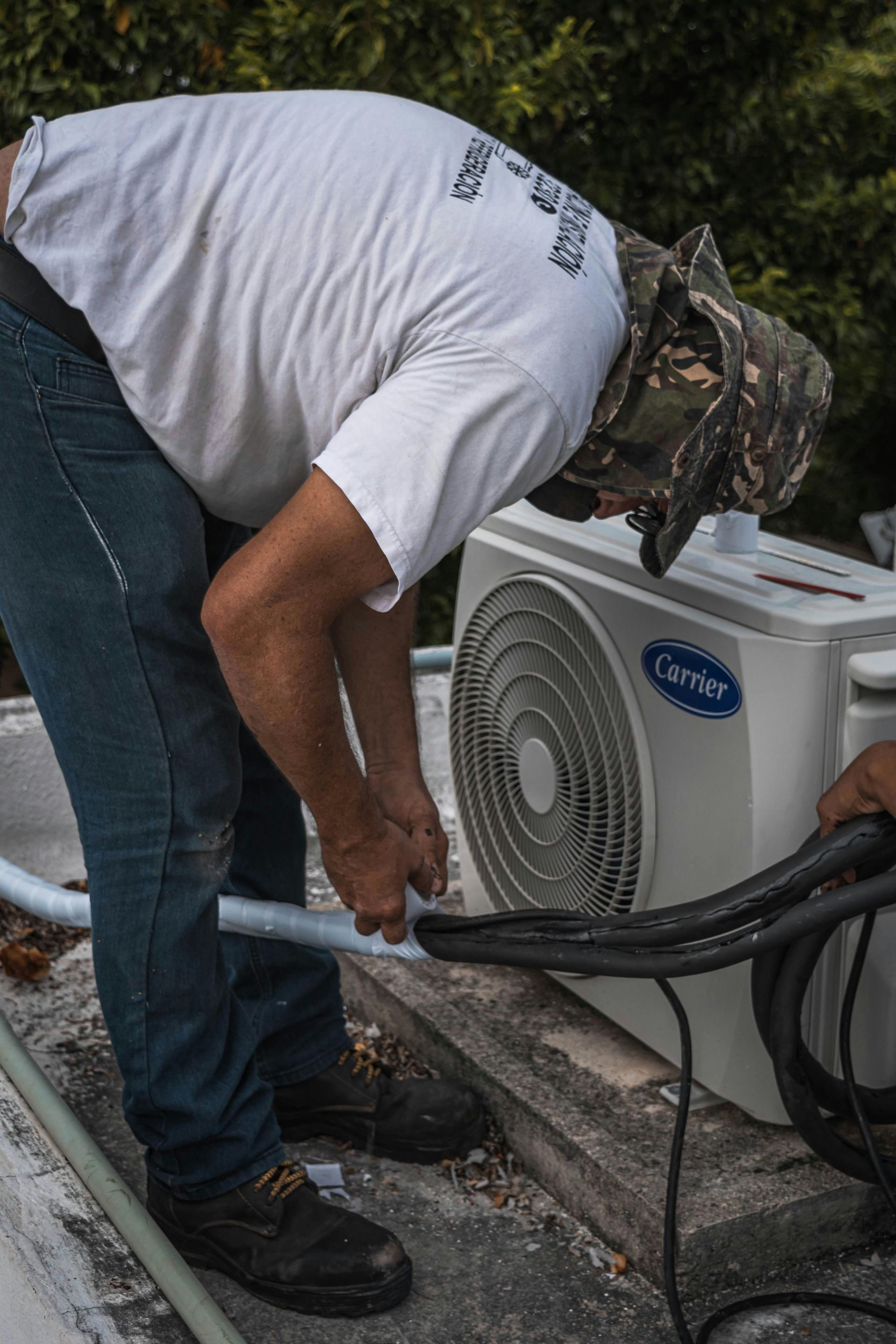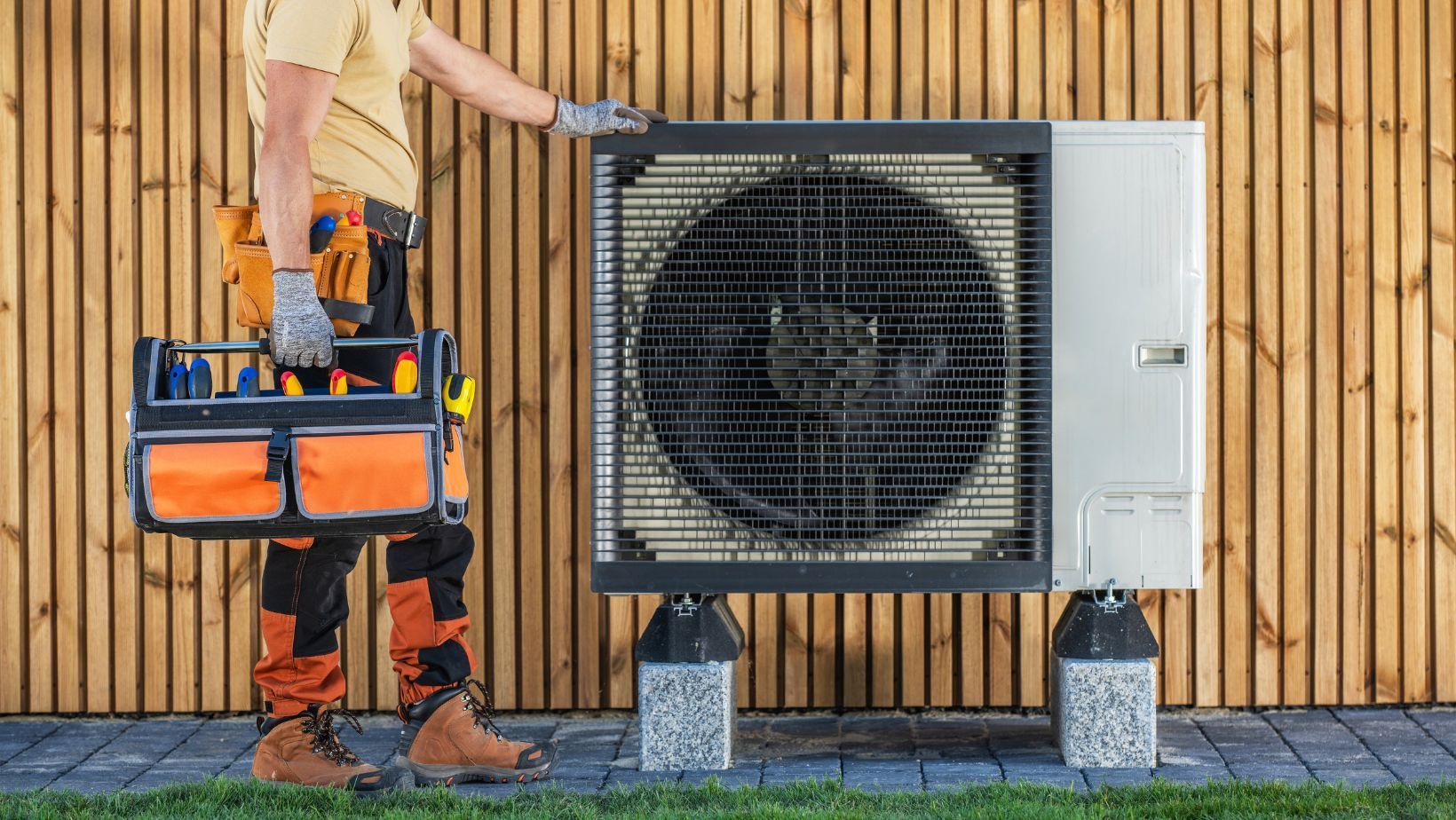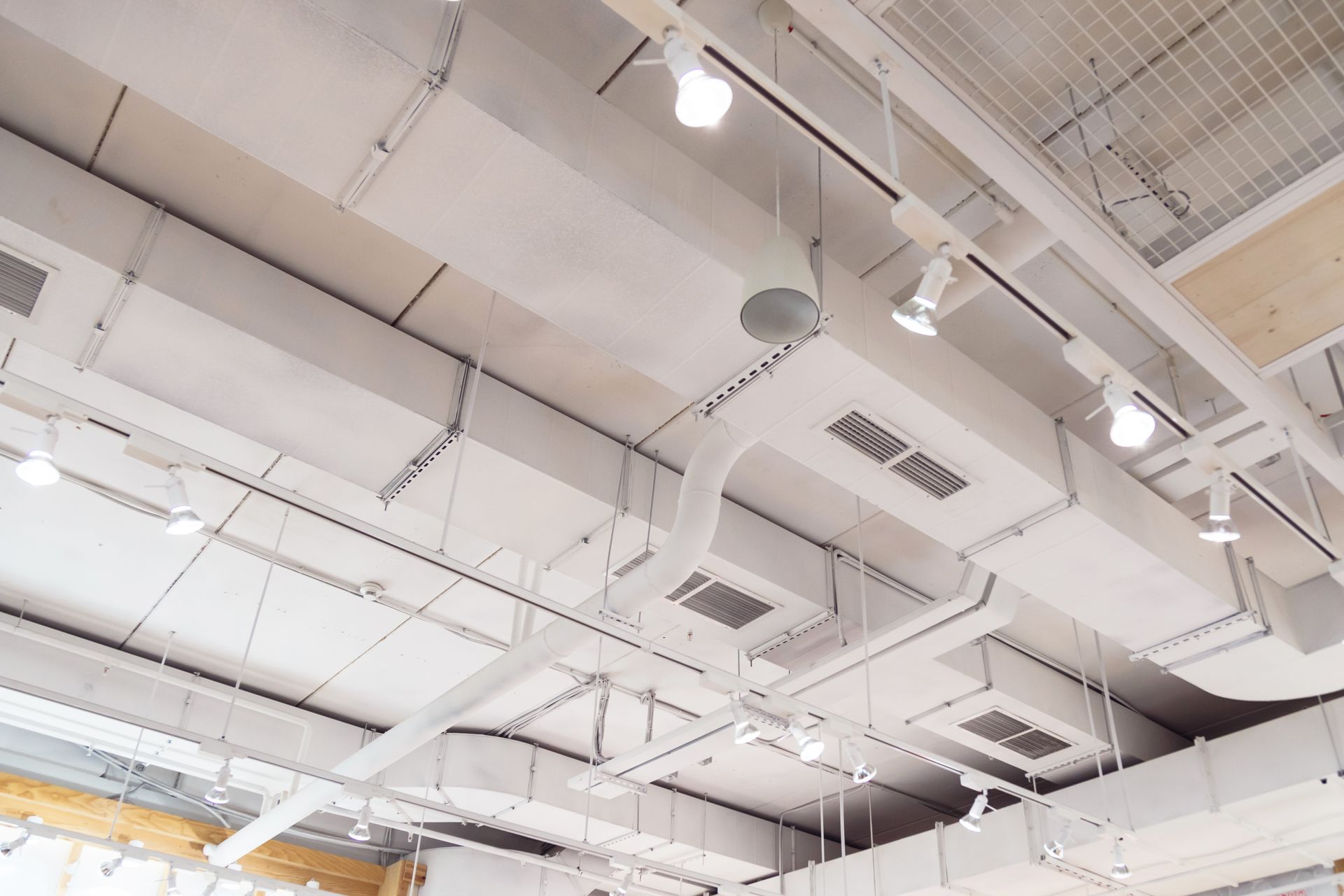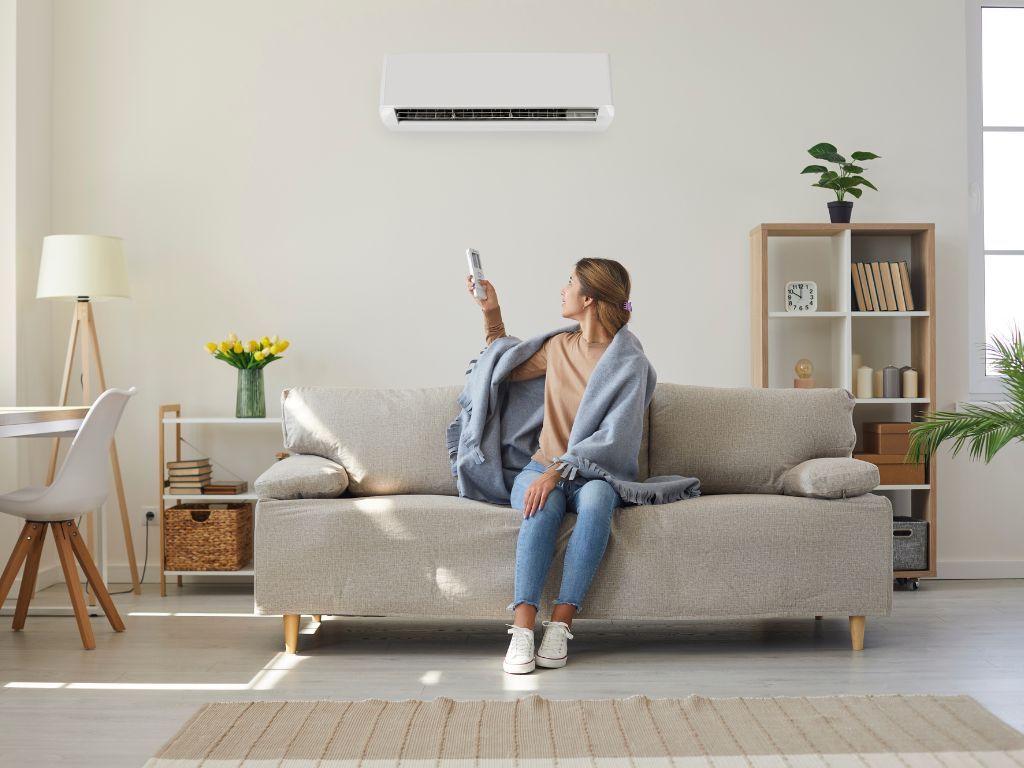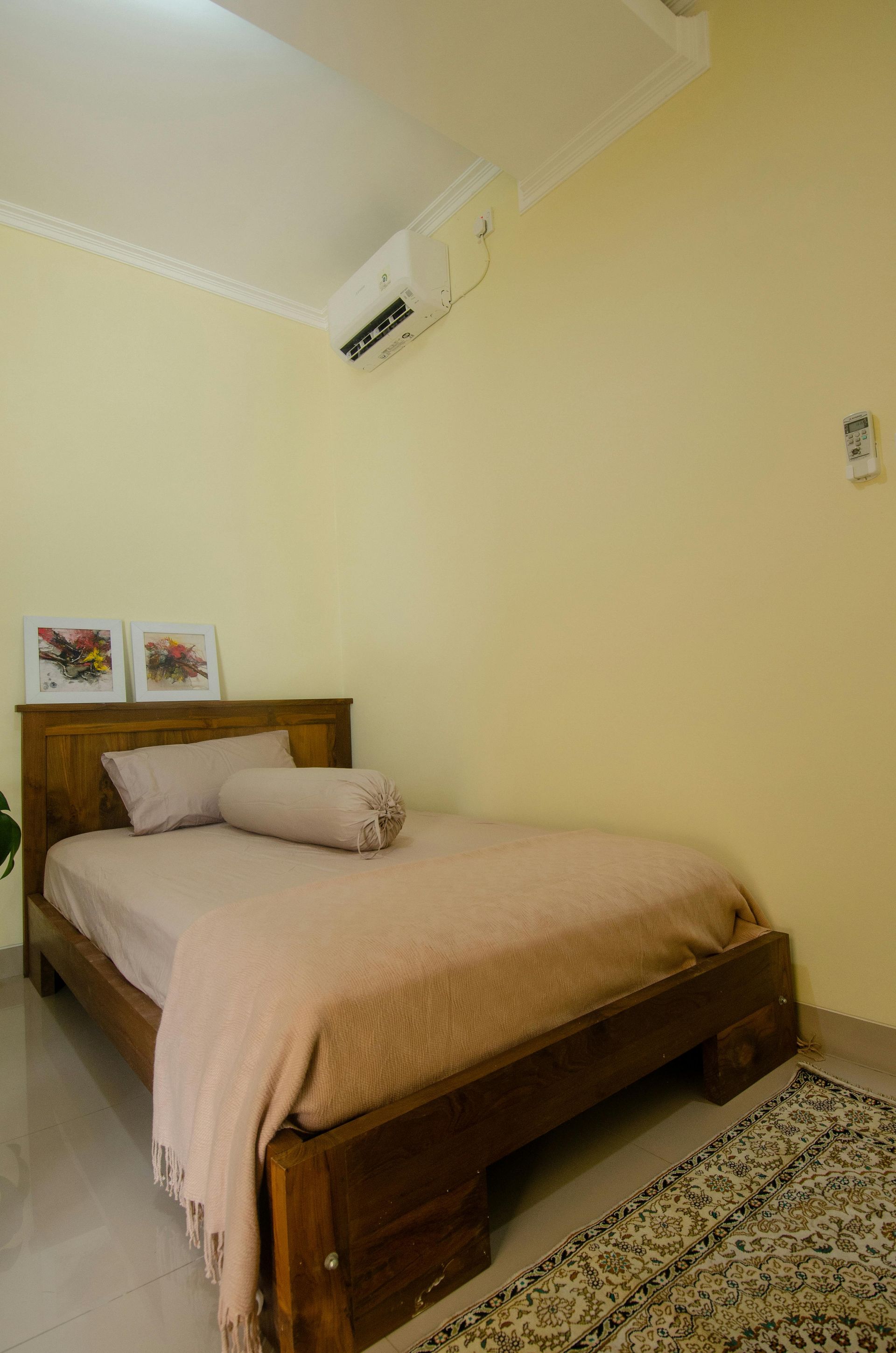Taking A Look At What Is A Ventilation Duct System
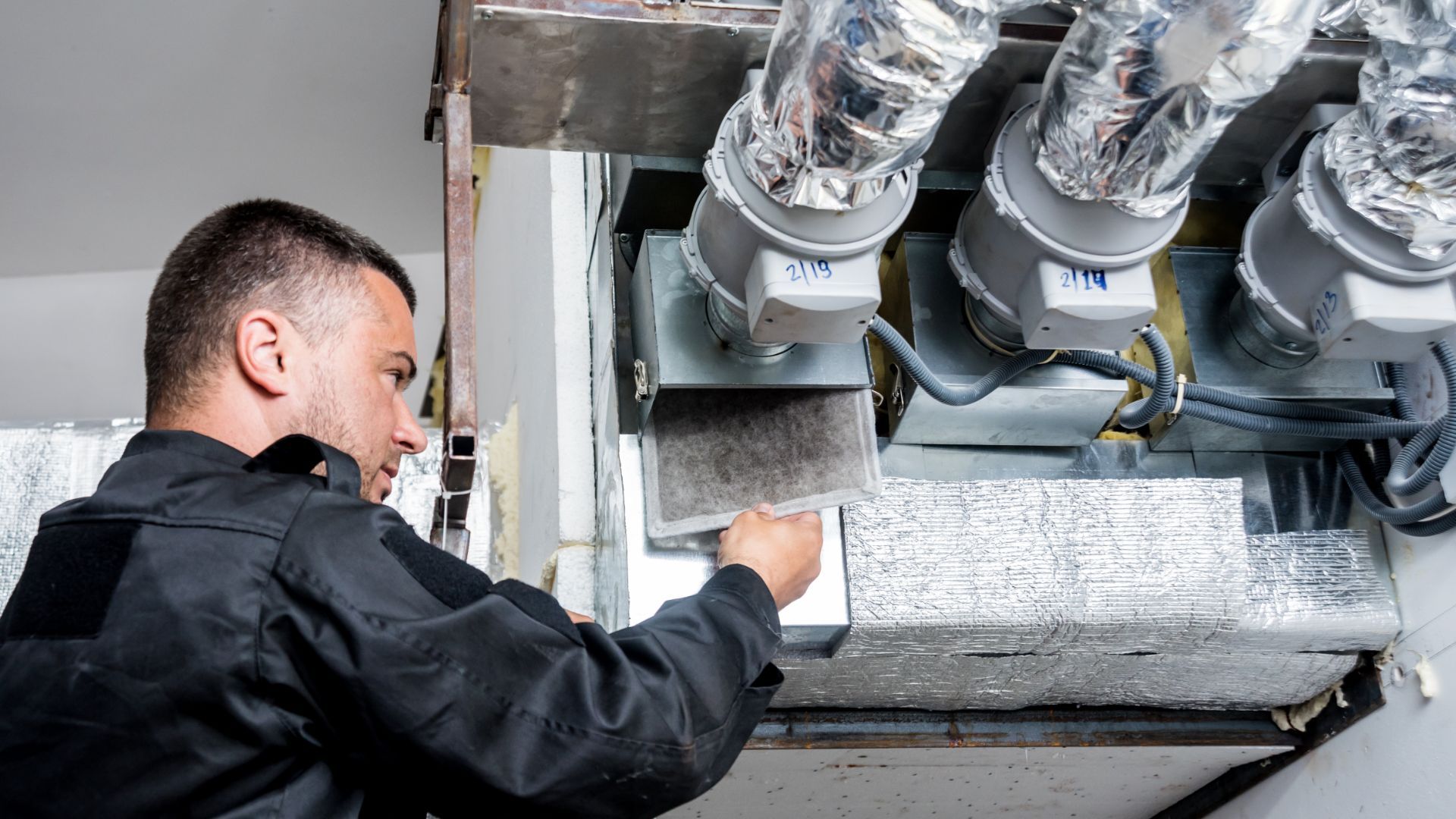
Ventilation duct systems play a pivotal role in maintaining a healthy and comfortable indoor environment. Understanding their functions and components is essential for homeowners and business owners alike.
In this article, we'll delve deep into the world of ventilation duct systems, shedding light on their purpose, components, maintenance, and more. So, let's kickstart our journey by addressing the fundamental question:
What Is A Ventilation Duct System?
A ventilation duct system, commonly known as HVAC (Heating, Ventilation, and Air Conditioning) ductwork, is a network of channels that facilitate the circulation of air within a building. It comprises various components such as ducts, dampers, vents, and fans, all working harmoniously to regulate temperature, humidity, and air quality.
The Components of a Ventilation Duct System
To gain a comprehensive understanding of how a ventilation duct system operates, it's essential to familiarize oneself with its key components:
Ducts
These are the pathways through which air travels within the system. They come in various shapes and sizes, constructed from materials like sheet metal, fiberglass, or flexible plastic.
- Dampers
These are movable plates or valves within the ducts that control the flow of air. They can be adjusted to regulate the volume of air passing through.
- Vents and Grilles
These are the visible openings in the walls, floors, or ceilings, allowing air to enter or exit a room. They also serve aesthetic purposes by complementing the interior design.
- Fans
Fans are responsible for propelling air through the ductwork. They come in different types, including centrifugal fans and axial fans, each suited for specific applications.
Maintaining Optimal Performance
Proper maintenance is crucial to ensure the efficiency and longevity of a ventilation duct system. Here are some essential tips:
Regular Inspections
Schedule periodic inspections to check for any signs of wear, tear, or blockages within the ducts.
- Filter Replacements
Replace air filters according to the manufacturer's recommendations to maintain optimal air quality.
Sealing Leaks
Inspect for any leaks in the ductwork and seal them promptly to prevent energy wastage.
- Professional Cleaning
Engage the services of a professional duct cleaning company to remove accumulated dust, debris, and contaminants.
FAQs
Q: Can I Install a Ventilation Duct System Myself?
While it's possible to perform minor repairs and maintenance, installing a ventilation duct system is a complex task best left to qualified HVAC professionals. They possess the expertise and tools needed to ensure a seamless installation.
Q: How Often Should I Change the Air Filters?
Air filters should typically be replaced every three to six months, depending on factors like the type of filter used and the level of pollutants in your environment.
Q: Is Duct Insulation Necessary?
Yes, duct insulation is crucial for preventing energy loss and maintaining consistent indoor temperatures. It also helps reduce noise levels generated by the system.
Conclusion
Understanding the intricacies of a ventilation duct system empowers homeowners and business owners to make informed decisions regarding their HVAC systems. By following proper maintenance practices and seeking professional assistance when needed, you can ensure the longevity and efficiency of your ventilation duct system.
Want to install a ventilation duct for your home or office? Contact us now and feel the change in your building.
